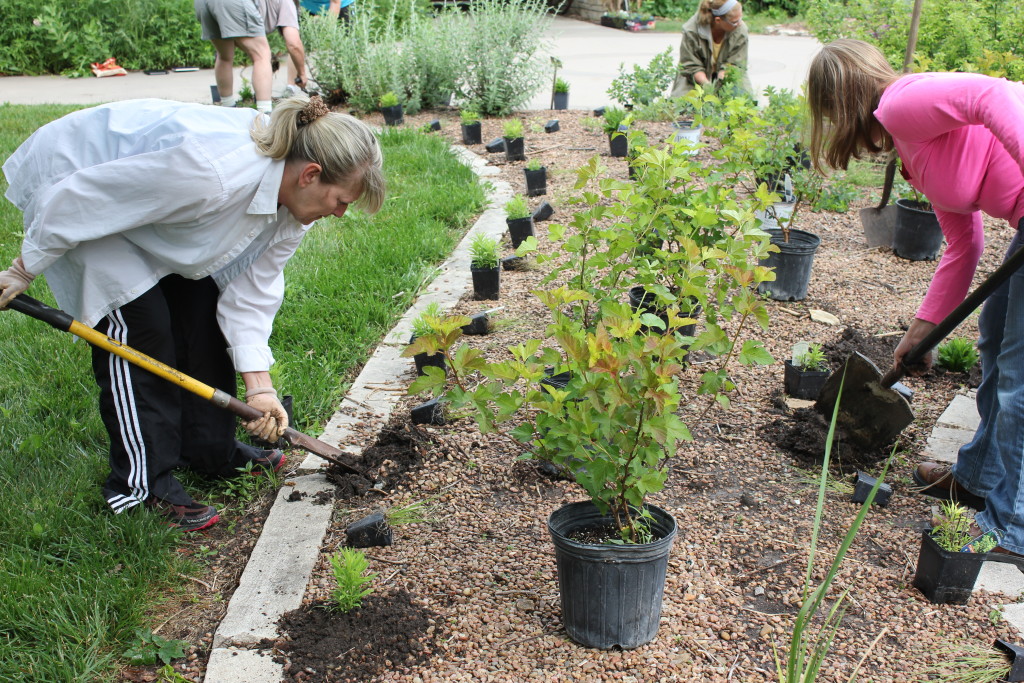
The Xeric (zĕr′ĭk) Garden uses raised beds and stone mulch to mimic the hot, dry, exposed conditions found in some natural prairie habitats. Drought tolerant wildflowers that grow under these harsh conditions exhibit a number of fascinating adaptations that enable them to survive with less water.
Can you identify some of these adaptations in the plants growing here?
Some wildflowers AVOID drought: They grown and bloom in spring when it is cool and moist. Then they enter dormancy during the hot, dry months.Growth resumes when moisture is available once again.
Some wildflowers ESCAPE drought: They grow, bloom, and produce seed in spring and early summer, and then they die. However, their seed can survive drought. When water is available this seed germinates, giving rise to the next generation of wildflowers.
Some wildflowers ADAPT to drought: These plants survive long-term due to water-saving leaf and root adaptations. Compact growth conserves moisture and small, hairy, or waxy leaves minimize evaporation. These plants have deeper, wider root systems to capture water and they use it more efficiently through specialized forms of photosynthesis.
